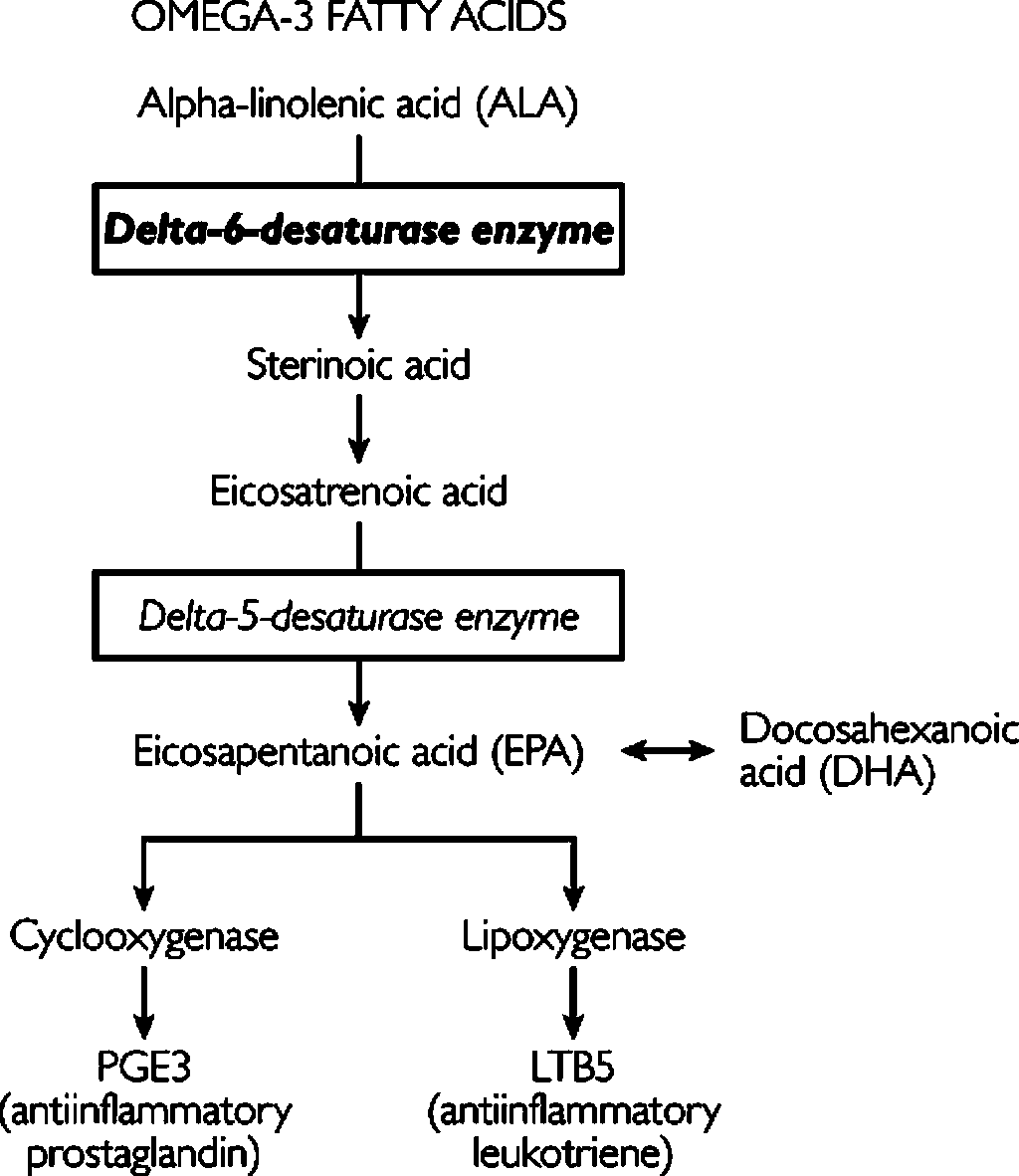- Sensitivity to light, sound, or smell
- Night sweats
- Arms or legs "jump" while falling asleep
- Burning feet
- Redness of the hands or eyes
- Cracks in the corners of your mouth
- Red or swollen tongue
- Glycemic problems
- A general lack of energy
It should not be "high potency" (HP). Most all HP B vitamins are synthetic and are toxic to the liver. Studies have shown that decreased liver function is related to obesity and insulin resistance. So...while you may think you are doing yourself some good, unknowingly, you could be making yourself worse. B1 and B2 are the keys that need to be looked at to see if it is HP. If either of these are above 5mg, it is HP and should be avoided.
Two of the B vitamins that can be taken in higher levels are niacin (B3) and B6. The key here is, again, the type of B3 or B6. Many people are aware of the "niacin flush". This is where the body has a allergic-type response to niacin ingestion: itching and tingling sensations, sweating and shallow breathing. If you have noticed this flushing, use the niacinAMIDE form as this will usually not cause the flush. In high levels, B3 can be toxic, so utilize the help of a doctor skilled in clinical nutrition protocols.
The type of B6 needed is also crucial. Avoid pyridoxine hydrochloride forms and ONLY use the pyridoxal-5-phosphate (P-5-P) form. Pyridoxidine Hydrochloride is a synthetically produced chemical, generally produced through the condensation of cyanoacetamide (a cyanide containing chemical) and when heated to decomposition it emits very toxic fumes. Although this toxic decomposition may not occur in the human body after ingestion, it indicates just how synthetically produced vitamins act more like chemicals, and less like nutrients. Large doses of B6 can inhibit pituitary function, so they should be used with caution by pregnant or lactating women. However, most women are "estrogen dominant" and frequently need B6. A sensitivity to monosodium glutamate (MSG) is also a good indicator of B6 need.
Along with B6, vitamin B12 is necessary to decrease blood levels of homocysteine. Increased levels of homocysteine are related to increased risk of: heart attack, stroke, arterial plaque formation, Alzheimer's, depression, and can even cause regional and whole brain atrophy. So, you can see that the right type of B12 is crucial for good health. Most commercial B12 is what's known as "cyanocobalamin". Cyanocobalamin can be produced from three sources: 1) extracted from mammalian liver 2) as a metabolic product of bacterial fermentation 3) extracted from sewage sludge. I am sure you can imagine what the cheapest way to produce B12 is. Yep...you guessed it, sewer sludge. This obviously can be a toxic situation. Two types of B12 to look for are methylcobalamin and hydroxocobalamin and lingual absorption (in the mouth) has been proven to have better results. So, it needs to be in lozenge form and dissolved (not chewed) in the mouth. However, if you have mercury in your teeth, do not use the methyl form of B12 as this can "activate" the mercury and cause it to be absorbed.
Just randomly taking any vitamin simply because you heard it was good for you can have potentially nasty side effects. Changing your diet should be higher on your priority list than trying to take a vitamin to justify eating poorly. When utilizing nutritional supplements, it is extremely important to work with a professional that is skilled in clinical nutrition protocols.
This is a factor in why our government wants to regulate the sales of all vitamin, mineral, and herbal supplements. However, the government does not compare it to the more than 100,000 people that die every year from adverse reactions to drugs and surgery. According to a 174-page report just published, the number of people killed in 2009 across America by vitamins, minerals, amino acids or herbal supplements is exactly zero. Also consider the thousands of women harmed or killed by medically-unjustified cancer treatments following false positives from faulty mammograms. And don't forget about the more than 16,500 Americans killed each year from internal bleeding caused by over-the-counter painkillers.
